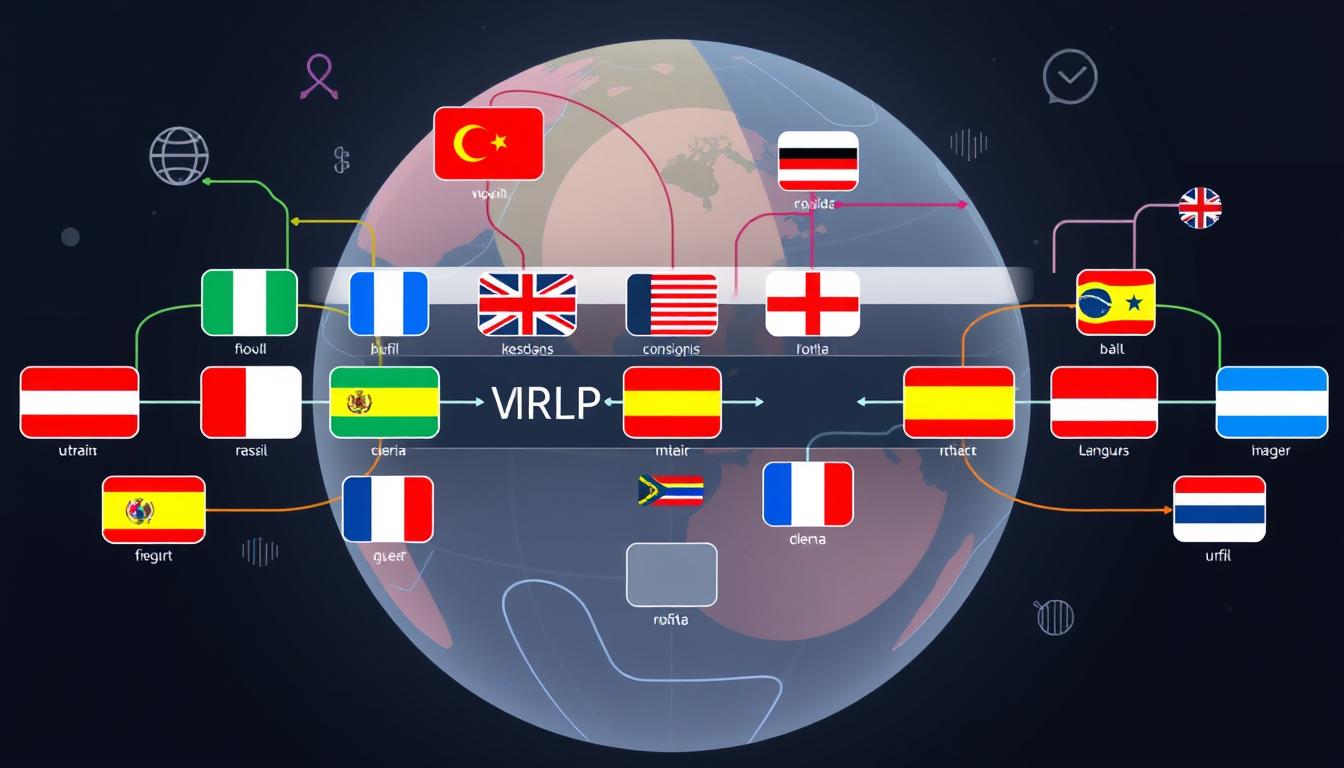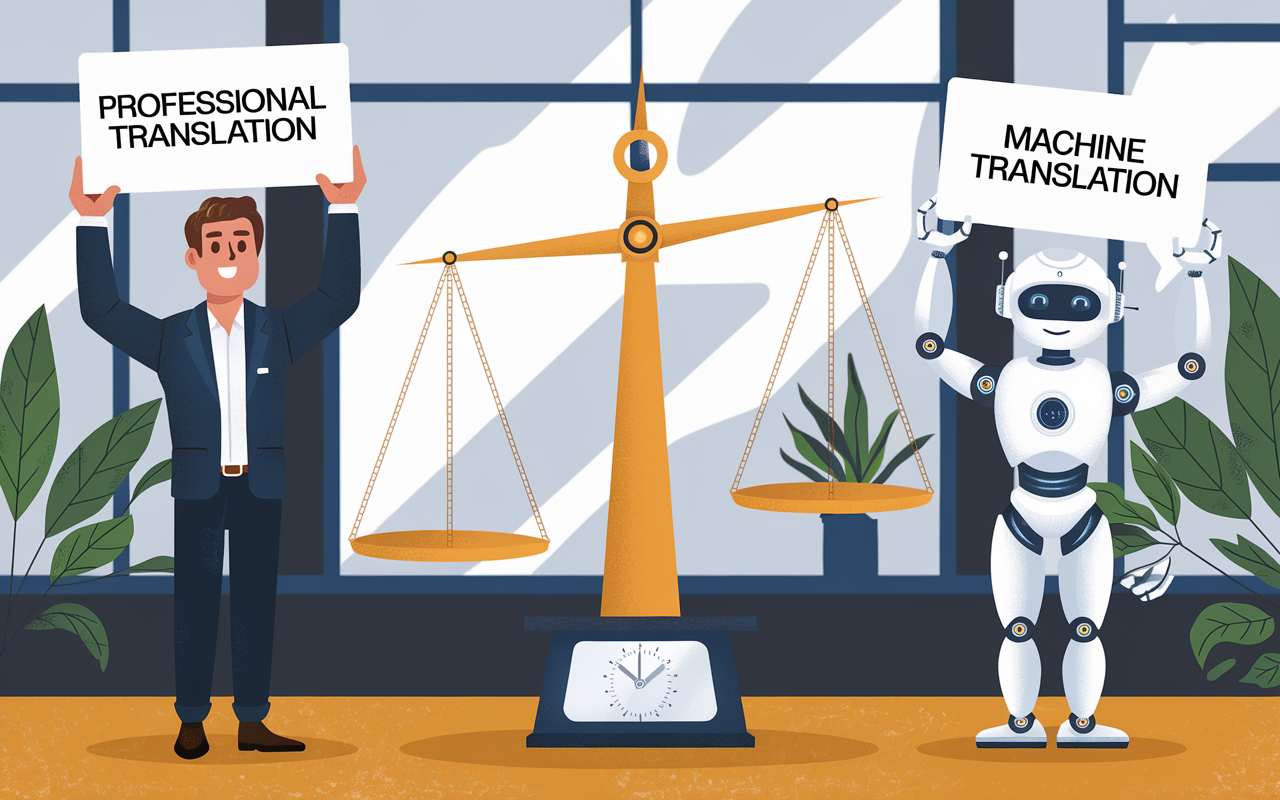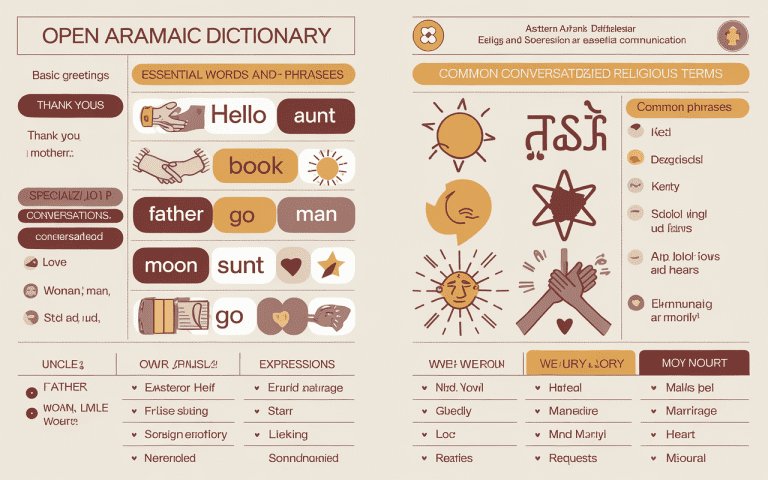Choose Language Add on My Site: Guide to Excel
In this article, we’ll show you how to add language translation options to your site. This lets visitors choose their language and enjoy your content in their own tongue. The world is getting more connected, and your business needs to reach out. By offering many language options, you can choose language add on my site, localization preferences, and language customization. This makes your website more appealing to people from different cultures.

Key Takeaways
- Multilingual websites attract more traffic and have higher engagement rates
- 72.4% of consumers are more likely to buy from a website in their native language
- Websites with content in multiple languages are 3 times more likely to generate leads and conversions
- 59.2% of global internet users speak a language different from English
- Adding language options to your website can boost your international audience reach and global content accessibility
Introduction to Multilingual Websites
In today’s world, making your website available in many languages is smart. It can help you reach more people and engage with them better. By using many languages, you can enter new markets, appeal to more cultures, and make your content easier for everyone to understand. BiRead, a specialized translation tool, can enhance this experience by enabling users to interact with content in multiple languages right within their browser.

Examples of Successful Multilingual Websites
Many big brands have made their websites available in many languages. This has helped them get more visitors, traffic, and sales. Here are a few examples:
- WordPress.org: The most popular website builder offers its platform in over 200 languages, serving users worldwide.
- Etsy: This online marketplace for unique items has grown by offering its site in several languages.
- Kinsta: A top WordPress hosting service has reached more people by making its website available in many languages.
Learning from these examples, BiRead can help websites grow their online presence by connecting users globally, enabling a truly multilingual site setup that allows readers to choose from a broad selection of languages.
Why WordPress is the Best Option
WordPress is great for multilingual websites for many reasons:
- WordPress Multilingual Capabilities: WordPress is free and open-source. It’s a solid base for your multilingual site. Plugins like TranslatePress make translating content into multiple languages easy.
- SEO-Friendly: WordPress is great for SEO, key for multilingual sites. It helps optimize your content and URLs for search engines in different languages.
- Extensive Ecosystem of Plugins: WordPress has many plugins to boost your site’s multilingual features. From translation tools to language detection, there’s a plugin for every need. Alternatively, tools like BiRead can simplify language accessibility for users directly from the browser.
Multilingual Website Best Practices
- Ensure Fast Page Loads: Quick loading times are key for a smooth user experience on all your site’s language versions.
- Add an Accessible Language Switcher: Give visitors an easy way to switch languages. This makes navigating your site simple.
- Translate Content Carefully: Choose between machine translation or professional human translation. This ensures your content is accurate and of high quality in all languages.
By focusing on these best practices, you can build a multilingual website language selector. It will engage global audiences and rank well in search engines. This drives more traffic and conversions.
| Best Practice | Key Considerations |
|---|---|
| Multilingual SEO Optimization | Comprehensive translations, multilingual XML sitemaps, optimized URL structures |
| Fast Page Loads | Ensure quick loading times for seamless user experience |
| Language Switcher | Provide an intuitive way for visitors to switch between language options |
| Content Translation | Decide between machine translation or professional human translation services |

Optimizing for Multilingual SEO
When you grow your website into many languages, ensures your site attracts the right audience and shows up well in global searches.
Comprehensive Translations
Good translations are the base of multilingual SEO. You can’t just translate your main content. You must also focus on SEO-critical elements, such as:
- URL slugs
- Meta titles and descriptions
- Alt text for images
- Internal and external links
Quality translations are vital for trust and credibility. While tools can help, manual checks are needed for accuracy and cultural fit.
Choose Language Add on My Site
To make sure each language version of your site ranks well, give each its own URL. You have three main choices: subfolders, subdomains, and separate domains.
Subfolders
The subfolder method, like yoursite.com/es/content, is easy to set up and keep. Google likes it, and WordPress’s TranslatePress plugin uses it too.
Subdomains
Subdomains, like es.yoursite.com/content, are another good option. They’re a bit more complex to manage than subfolders.
Separate Domains
Using separate domains, like yoursite.com and yoursite.es, gives you the most flexibility. But, it requires more work to keep up with multiple domains.
Google says all three methods work for multilingual sites. But, subfolders are usually the simplest and most effective for businesses.

Ensuring Fast Page Loads
In the world of multilingual websites, fast page loads are key. Slow pages hurt user experience, SEO, engagement, and conversion rates. This is critical since some multilingual solutions can slow your site down.
To make your multilingual site load quickly, you can try Leverage caching: Implement effective caching techniques to ensure returning visitors experience faster load times.
By using the strategy, your multilingual website will offer a fast and smooth experience. This is true for all visitors, no matter their location or language.
| Optimization Technique | Estimated Improvement in Page Load Time |
|---|---|
| Reducing page weight | Up to 50% |
| Utilizing a CDN | Up to 60% |
| Implementing effective caching | Up to 40% |
| Optimizing resource loading | Up to 30% |
| Streamlining code structure | Up to 20% |
By focusing on fast page loads, you can make your multilingual website engaging. It will also rank better in search engines. This leads to more traffic and conversions for your business.
Adding a Language Switcher
You need a language switcher to lets visitors switch between different language versions of your content. It’s important to follow best practices to make the user experience better.
Language Switcher Best Practices
Here are some key best practices for adding a language switcher:
- Avoid using only language flags, as they can be confusing for some users.
- Put the language switcher in a clear spot, like the header, sidebar, or footer.
- Make it easy to see which language is selected and which ones are available.
- Consider using a dropdown or side-by-side layout to save space and look better.
- Let users change the order and display of the language switcher to fit their needs.
| Statistic | Value |
|---|---|
| Polylang plugin installations | Over 700K |
| Polylang plugin rating | 4.7/5 |
| Most popular location for language switcher | Main navigation menu |
| Language switcher options in WordPress | Menus section under Appearance |
| Customization options for language switcher | Header, sidebar, footer |
| Consumers spending most time on sites in their own language | 72.1% |
| Consumers more likely to buy a product if information is available in their own language | 72.4% |
| Consumers considering own-language information more important than price | 56.2% |
Translating Your Content
First, set up your multilingual website’s technical base. Then, translate all content, including text, images, and forms. You can use tools like Google Translate or DeepL for fast translations. But, these often sound robotic and low-quality.
For content needing exact phrasing and tone, choose professional human translators. They ensure natural, high-quality results, even if it takes longer and costs more.
Machine Translation vs. Professional Translation
The Washington Post says Google Translate offers translations in over 100 languages. It’s as accurate as human translators. Yet, it may miss nuances and cultural context, leading to unnatural translations. Approximately 27% of the global market prefers websites in English, while around 73% prefer content in their native language.
Professional translation services like Smartling and Bablic offer better, contextual translations but cost more. Smartling starts at $200 per month. Bablic offers a 14-day free trial and prices from $12/month to $159/month for unlimited languages. Over 60,000 websites use Weglot for website translation, and ConveyThis is the most translated language plugin in the WordPress directory with over 38 language contributions and ongoing growth.
Choosing between machine and professional translation depends on your needs. For precise wording and tone, professional translation is worth the investment. For quicker, more affordable content, machine translation is a good option.

Multilingual Website Examples
Looking at successful multilingual websites can give us great ideas. These sites show how companies reach out to users worldwide. They also share how to make content for different places.
ESL made a multilingual site for the IEM Katowice 2024 event in Poland. The site was in English and Portuguese. This shows ESL’s dedication to its global audience.
| Company | Languages Offered |
|---|---|
| UNIS Hanoi | English, Vietnamese, Korean, Japanese |
| Dream Glass Group | English, Spanish, Russian, Italian |
| Microsoft Researchers | English, French |
| WordPress.org | Multiple languages |
| Etsy | English, German, Spanish, French |
| Retrock | English, Hungarian |
These examples show top companies in different fields using multilingual sites. They do this to meet the needs of users worldwide and make content for each place.
By having websites in many languages, these companies reach more people. This leads to more engagement and growth for their customers.
Maintaining Your Multilingual Site
Creating a multilingual website is just the start. Keeping it updated and serving your global audience well needs ongoing effort. It’s important to have good translation management workflows. This ensures your content is accurate and consistent in all languages.
One key task is to update new pages or blog posts as they are added. Instead of redoing the whole site for each language, use systems to streamline the translation process. This makes it easier to translate and publish updates quickly.
Regular quality checks are also vital for maintaining top-notch multilingual content. While machine translation is helpful, it should not be the only solution. It’s best to include professional human review and editing. This ensures your translations accurately convey the intended meaning and cultural nuances.
Usability testing with target audiences in different regions is also important. It gives you insights into how users in various markets interact with your site. This helps you make better decisions about content, navigation, and the user experience.
One key task is to update new pages or blog posts as they are added. Instead of redoing the whole site for each language, use systems to streamline the translation process. BiRead makes it easy to implement updates with Bilingual Subtitles and Expert Translator features, ensuring a smooth user experience with every update.
By focusing on these practices, your multilingual website can thrive, engaging an international audience and increasing cross-cultural accessibility through tools like BiRead.

| Best Practices for Multilingual Site Maintenance |
|---|
|
Keeping your multilingual website fresh, engaging, and effective for your global audience is crucial. By focusing on these tasks, your site can continue to grow and succeed over time.
Conclusion
Adding language options to your website is a smart move to reach more people worldwide. It helps you connect with new audiences. By using WordPress and the right tools, you can offer a great multi-lingual user experience in many languages.
This approach opens doors to growth and engagement globally. It lets you tap into new markets and attract more customers. Your website will see more traffic and leads from all over.
Having a multilingual website is key for any business, big or small. It shows you care about your audience’s needs. This builds trust and a strong online community. So, start exploring multilingual websites today and grow your digital presence.
FAQ
What are some examples of successful multilingual websites?
WordPress.org, Etsy, and Kinsta are great examples. They’ve seen a big increase in traffic and SEO by offering content in various languages. For SEO, make sure all text, URLs, and metadata are fully translated. Create multilingual XML sitemaps. Use the hreflang attribute to tell search engines which language version is correct.
How can I ensure fast page loads on my multilingual website?
Use a fast translation plugin like TranslatePress. This ensures your site loads quickly, without slowing down from translation.
What are the best practices for an effective language switcher?
Display language names in their local format. Don’t just use flags. Make the switcher easy to find, like a floating widget.
Should I use machine translation or professional human translation for my website content?
For important content, use professional translators for quality. Machine translation is okay for quick translations but often sounds robotic.
How can I maintain my multilingual website over time?
Manage the translation workflow for updates and new content. Keep quality and accuracy consistent across languages. Set up efficient processes for translating new pages or blog posts.
Source Links
- Building a Multilingual Static Website: A Step-by-Step Guide – https://medium.com/@nohanabil/building-a-multilingual-static-website-a-step-by-step-guide-7af238cc8505
- How to Increase Your Reach With Multilingual Website Design – https://blog.hubspot.com/website/multilingual-website-design
- Best practice for URLs of multi-language websites – https://stackoverflow.com/questions/21985164/best-practice-for-urls-of-multi-language-websites
- Multilingual SEO Guide: Optimize Globally – TranslatePress – https://translatepress.com/multilingual-seo/
- How to Add a Language Switcher to Your WordPress Website? – https://polylang.pro/how-to-add-a-language-switcher-to-your-wordpress-website/
Unlock a world of multilingual possibilities with BiRead.
Start translating smarter with side-by-side clarity.
Try Biread Free





